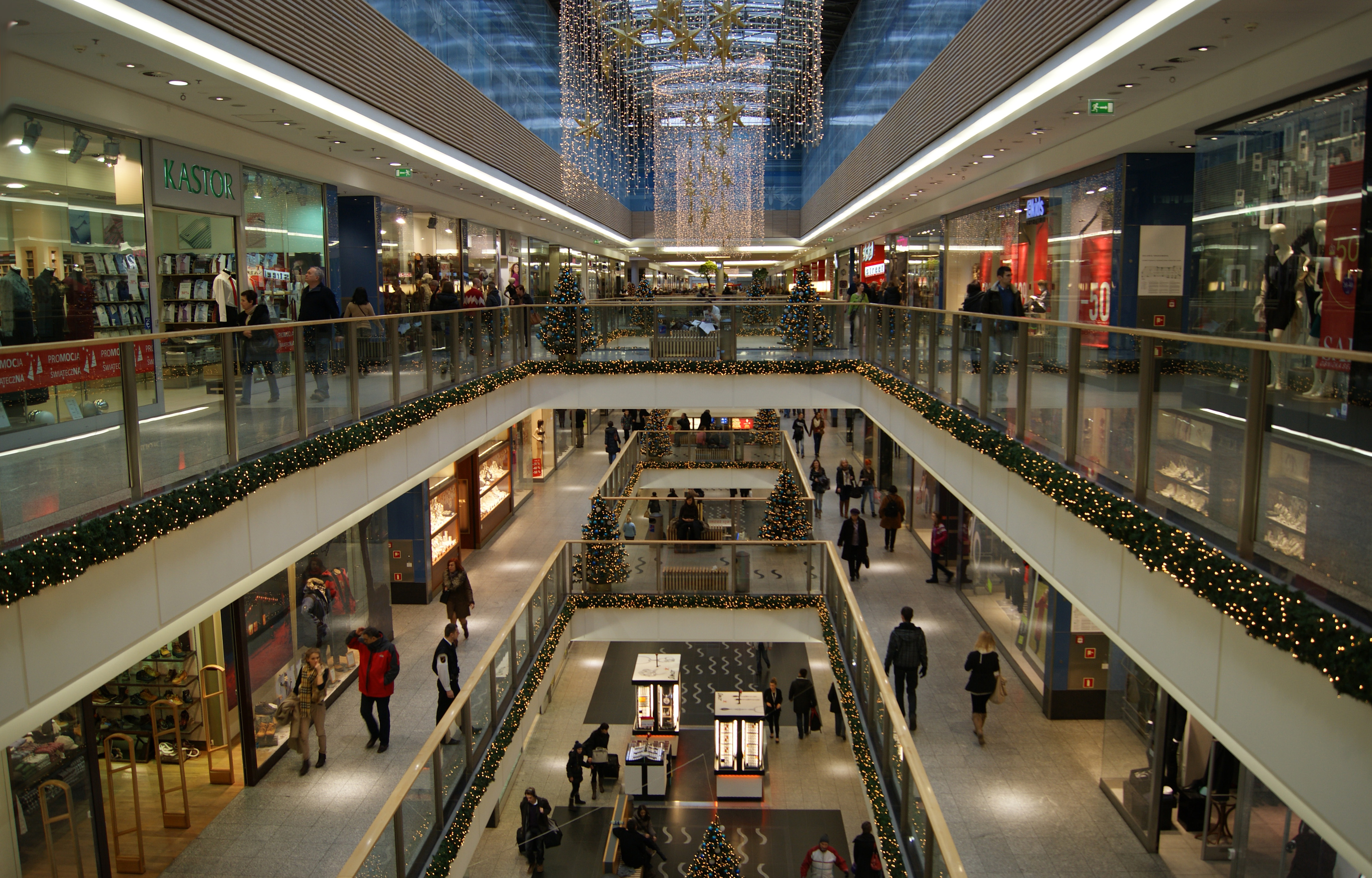This year’s Black Friday marked a turning point for retailers all around the world. But the implications are far more reaching than just for the retail industry.
The Wall Street Journal, citing a National Retail Federation survey, reported that for the first time, online sales topped sales in brick-and-mortar stores during this year’s Black Friday shopping weekend.
Money Magazine’s headline read, “Black Friday as we know it is dying.” But the implications are more than just about retail or for this year’s shopping season. In fact, I opened my book, The Quantum Age of IT, with the line, “IT, as we know it, is dead” – and I don’t believe that the similarity of these two lines is coincidence.
While there are always various reasons for events like this, this year is significant because it makes it clear that the paradigm has shifted. Despite the long rise of e-commerce and the vast impact that e-retailers like Amazon have had on the market, there has still been a significant bias towards the physicality of the retail purchasing experience – until now.
This year, during the most important sales period in the retail industry, shoppers eschewed brick-and-mortar stores for the convenience of the online experience.
More telling, those retail organizations that embraced the online or multi-channel sales model thrived this year, while those retailers that stuck to the industrial era brick-and-mortar approach as their primary means of revenue suffered dramatically.
According to Forbes, overall sales increased by 3% this year, but the divide between the winners and losers – in terms of the buying experience – were stark. Mobile sales increased by 38%. Computer and tablet sales increased by 18%. But in-store sales decreased by 12-15%. All of this marks a fundamental shift in consumer’s preference for the buying experience – and the implications for all businesses are significant.
TRANSITIONING FROM THE INDUSTRIAL ERA
The Industrial Era has fundamentally operated based upon two paradigms: physical proximity and structural hierarchy.
In the Industrial Era, our institutions were built around the creation of physical products which required physical proximity for those products to be delivered and consumed. Even in the early days of digital technologies, the distribution mechanisms were physical.
Over the last ten to fifteen years, digital technologies have been disrupting this at the edges. But until now, the impact has remained there. The majority of transactions continued to take place in the physical world and leveraged the same principles of physical proximity which have dominated our existence for the past hundred and fifty years.
In the same way, and for the same reasons, our institutions (corporate, government and higher education), have all been structured and operated utilizing strict hierarchical models. The requirements of physical proximity also demanded highly structured operating mechanisms to enable the efficient flow of goods. Even our distribution models themselves were largely run via the same hierarchical structures.
And even though “digital disruptors” were attacking from all corners, the purchasing public had largely moved only tepidly into this new purchasing paradigm. While some purchases moved online, significant purchasing activities remained ensconced in the physical world. Whether because of a lack of trust or a simple comfort with the “way things have always worked”, the transition to a “digital first” paradigm was elusive.
Which is why the data from this year’s “Black Friday” may prove so impactful.
If the remainder of the holiday shopping season follows a similar trajectory, it will represent a major shift in the retail purchasing paradigm – signaling that people have finally become comfortable moving away from the Industrial Era operating models built around physical proximity and hierarchical structure and are ready to embrace the Digital Era operating models that are beginning to evolve.
And if so, the ramifications for all business and IT leaders – in every industry – are substantial. While there has been ample “disruption” across any number of industries, they have largely been limited to either areas of “new value creation” (e.g. Google) or in ancillary industries that represent a small percentage of a family’s typical spending behaviors (i.e. the music industry). But a fundamental shift in the preferred retail buying experience will be exponentially more impactful both in terms of revenue and future purchasing psychology.
The lesson is clear. The Industrial Era operating paradigms are losing their grip on world commerce and are giving way to new Digital Era operating models – even as they continue to develop and evolve. Consumers have signaled that they are prepared to embrace them and will reward those organizations that do the same – and will punish those that fail to adapt.
About the Author:
Tag/s:Industrial Age






Trackbacks/Pingbacks